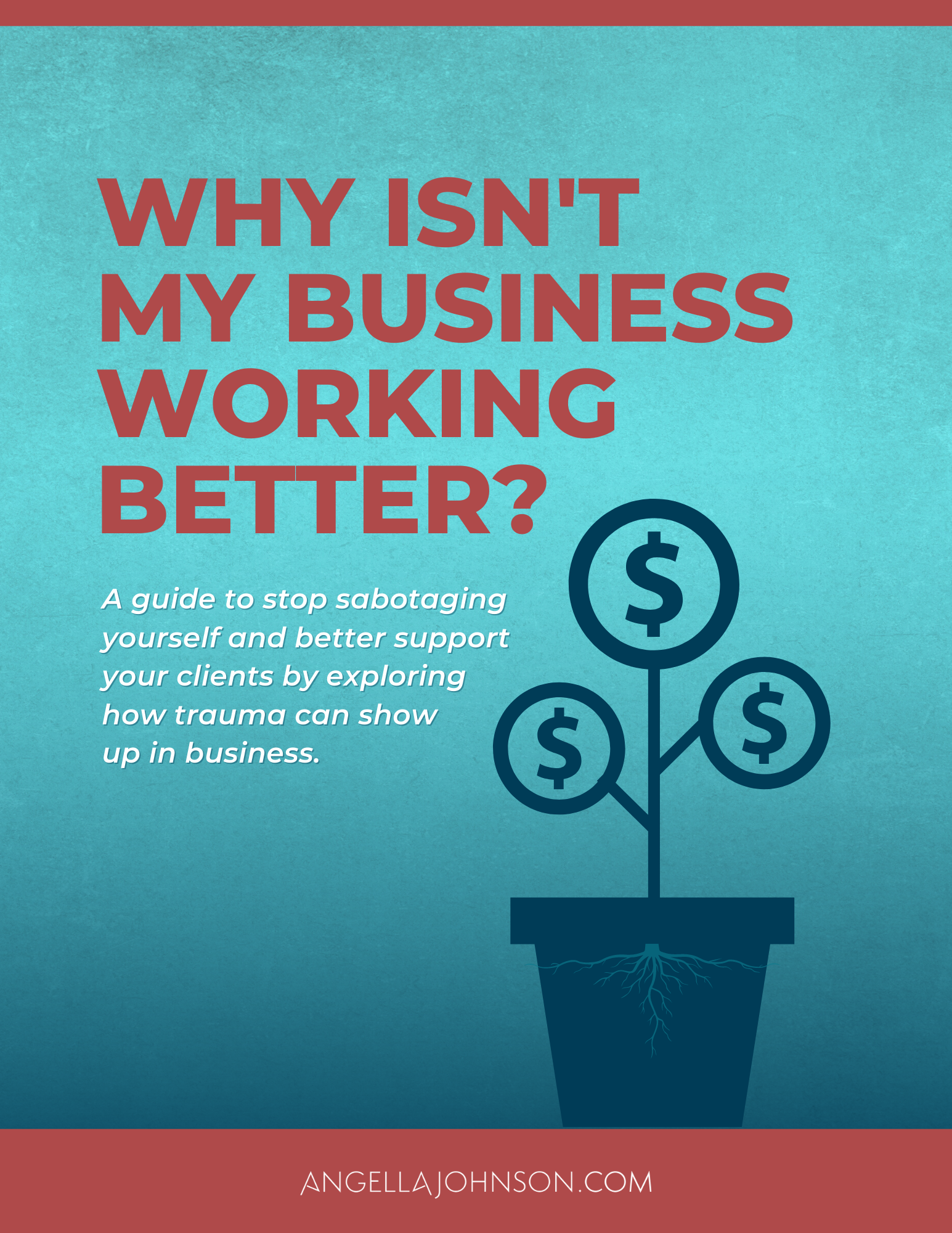I work with several mentors and coaches and one of my favorites is James Roche, also known as the Info Product Guy. His newsletters are always packed full of information and this article is from his most recent one. I LOVE this article and it impacted me greatly so I’m sharing it with you.
Get other articles like this from James here.
There’s nothing more frustrating than trying to move forward on a project and getting stuck. It’s frustrating because you may spend days, even weeks, spinning in your head with no solution in sight. Maybe you have to write an article, deal with a high-maintenance vendor or produce an info product, if you feel stuck, don’t worry. There is a proven five step problem solving technique that can get you unstuck and give you fast clarity on the issue you’re facing.
Finding That Eureka! Moment
Last month, I was working with a multi-million dollar client who was stuck trying to fit all the components of her new program into a cohesive whole. She had binders full of great content and even more info spinning in her head. As I stood listening to her on the phone I went into creative problem solving mode – it’s a mini version of the five steps I’m going to show you.
Here’s what I did…
My eyes glazed over as I listened intensely to my client for 20 minutes. Then I asked lots of questions and poked at the problem with her for another 20 minutes. Nothing resolved itself – but that’s okay because I knew one of the five steps was to be confused and overwhelmed.
I then stopped listening. My client kept talking but I was thinking of doing my laundry and what I would make for dinner. (I used to feel guilty about this until I realized how important this step is.)
Then in a flash it struck me! I saw all the pieces fit together in a beautifully laid out map in my mind’s eye. I blurted out the idea. She was silent for a moment. Then she shouted, “That’s it!”
The Myth about Problem Solving
One of the greatest myths about problem solving is that you have to wait for inspiration to hit you. Nonsense! The production of new ideas is as definite a process as getting up in the morning and preparing for work. The key to getting unstuck is following a proven formula that artists, inventors and scientists have used for centuries.
How to Come Up with New Ideas Quickly
Italian sociologist Vilfredo Pareto defined an idea as “nothing more or less than a new combination of old elements.” The secret to problem solving is developing the skill to see relationships between old elements so that new ideas and solutions flow in.
When Picasso combined the flattening of perspective started by his mentor Cézanne and the disjointed shapes of African wooden sculptures he created a completely new style of art – Cubism.
When Einstein solved the greatest problems facing science at the time he said he would work extremely hard on the problem until he exhausted all mathematical possibilities. He would then go to sleep and forget about it. Then in his dreams everything fell into place. When he awoke, all he had to do was translate everything his sub-conscious mind showed him.
Problem solving isn’t hard. Simply follow these five steps:
1. Gather Raw Materials
There are two types of knowledge you want to research – specific and general.
Start by actively researching the specific parts of the problem you’re stuck on. If you want to create a new info product, ask your target market what their greatest challenges are. If you want to write a novel, go to places your characters would hang out. The more you understand the details of a problem the easier a solution will come to you.
You also want to explore areas outside of your main topic or industry. Imagine you’re a painter – you want as diverse a color pallet to draw from as possible. My field of expertise is marketing and information products, but I only spend one-third of my research time on that topic. The rest of the time my “research” consists of reading novels, studying philosophy and psychology, renting classic movies and sitting in coffee shops people watching.
You’d be surprised how effortless problem solving becomes once you pull from sources completely outside of your normal field of knowledge.
2. Think Hard
After you’ve done your research spend time digesting all you’ve seen and learned. If you’re creating a special report for your web site, what are all the possible emotional trigger points that will get a reader to call you for help? If you’re problem solving a title for your info product, write out dozens of possibilities.
As you’re thinking hard, little ideas will start to pop up. Write them down!
Keep processing in your head and keep taking notes until you’re exhausted. You’ll reach a hopeless stage where everything is jumbled in your mind. That’s good! You’re ready for the next step.
3. Stop Thinking!
Drop the issue from your mind. Let it all go and let your subconscious mind work on the issue out. Literally, sleep on it.
After I’ve thought really hard on an issue I’ll blast music and start cleaning my house. Or I’ll get in the car and drive to the beach. I’ll do anything but focus on the problem at hand.
4. Let the Eureka Moment Pop In
If you did the last three steps correctly, the forth step should happen automatically…and even surprise you. Maybe you’ll be putting away groceries or washing your hair when all of a sudden, “POP!” A brilliant solution will flash all of a sudden in your mind. Go write it down!
5. Put the Idea to Work
This is a fun step. Once you “see the light” take your idea out into the real world for some testing and tweaking. Show your idea to people you trust and get their feedback. They’ll see things you missed, which you can integrate so the solution becomes even stronger.
Practice these five steps over and over for any problem solving challenge you face. Once you get in the habit of problem solving like this the whole process can happen very quickly.
Take action now and pick a problem you are currently dealing with. Ask yourself, “What do I need to research regarding this problem?” Analyze the problem from many different angles. Once your brain is saturated – let it all go. The flash of inspiration will happen soon enough. And finally, test the solution in the real world and adjust as needed.
Get other tips and articles from James Roche here. You will love his newsletters. (With the hundreds of emails I get every week, I make time to read his newsletters because they are that good!)


